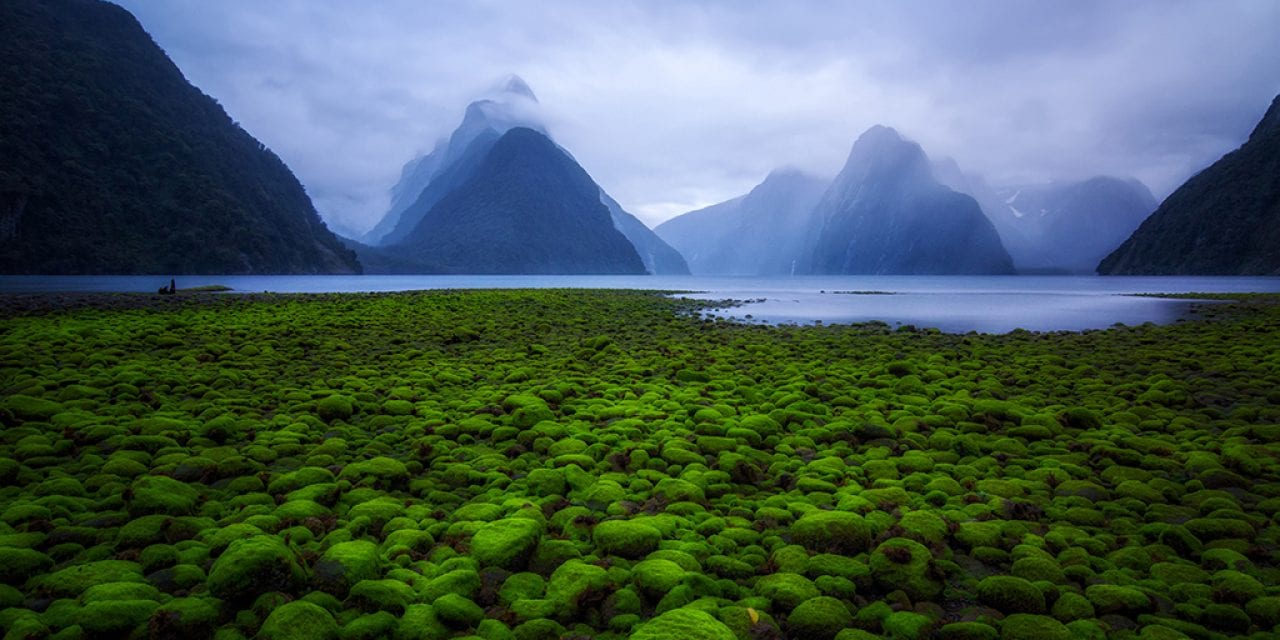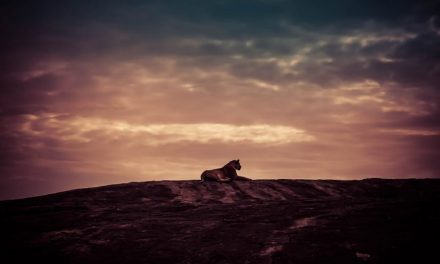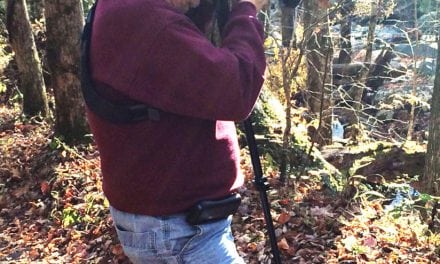
You know how it works when discovering new locations. You’ve seen it once somewhere, and you immediately start planning the perfect shot, including light, fog and all the fancy conditions that need to be there to make it the money shot. Usually when you get there, however, something is missing. That’s why you go back to the place until everything fits in perfectly, and you finally take the picture you worked out in your head.
At least I’ve been doing this a lot. In fact, I’m doing it so often that my friends started giving me a facepalm when I tell them I’m going back to this specific tree formation or that waterfall within the Black Forest of Germany over and over again. They can’t understand how much fun it is to find a new angle from which to shoot the scene or to wait for perfect conditions, but for me, this is important because I really want to make that perfect shot that I crafted in my head.
When you’re traveling, things are a little different. I had to accept that when I was on a trip to New Zealand back in the last days of 2015. This wasn’t just a photography trip, as I went there with my significant other at the time, and we wanted to see as much as possible of this amazing country. However, you have to make compromises. She wasn’t into photography, so it was hard negotiating to stay for another night at the same place to wait for the perfect light.
I had been to New Zealand only once before, and one of the highlights that I had planned for this trip was to visit Milford Sound in Fiordland National Park on the amazing southern island. I craved this place after seeing pictures taken of this beautiful location. My expectations were very high. Shimmering peaks, some nice patterned clouds glowing in red and orange and—of course— the picture-perfect, mirror-like water. But as you might have figured out by now, it didn’t go as planned.
It had been pouring from above for hours when we drove there; so much, in fact, that we couldn’t even see the magnificent mountains along the road. We got there after a two-hour drive, but the rain wasn’t willing to stop, and I started to lose all hope for a presentable shot. It was only an hour before sunset when it stopped pouring and continued with a light drizzle. When I hopped out of my camper van, I was welcomed by Milford Sound with a seascape that revealed all of these slippery, moss-covered stones that I passed over slowly to find my spot and the perfect composition. Finally, I found it and started setting up my camera. I was able to take two pictures, each with a 30-second exposure, before it started pouring again, and I fought my way through the twilight to my camper van. I wasn’t exactly sure if the pictures I just took were any good. Thankfully, that feeling was replaced with a smile once I had a look at them on my laptop.
The picture is nothing like I wanted it to be in the first place. No light, no glow in the clouds, not even the peaks mirrored in the water. Still, I’m overwhelmed with the result. It’s been more than three years now since I took that picture, and it’s still one of my favorites because, although I was looking for the perfect conditions at this location, this one picture shows just how much more there can be than the “perfect” conditions. Great pictures can be taken even in situations where you usually wouldn’t consider shooting.
On the other hand, though, I still have that one picture in mind that I want to take there. Maybe fortune will smile on me next time, as Milford Sound will see me again soon.
See more of Alex Meyer’s work at instagram.com/alexmeyerfotografie.
Canon EOS 60D, Tokina AT-X 124 AF Pro DX at 12mm, Velbon Ultra REXi D tripod and Induro BHD3 ballhead, Haida ND1000 filter. Exposure: 30 sec., ƒ/8, ISO 200.
The post Milford Sound appeared first on Outdoor Photographer.
















